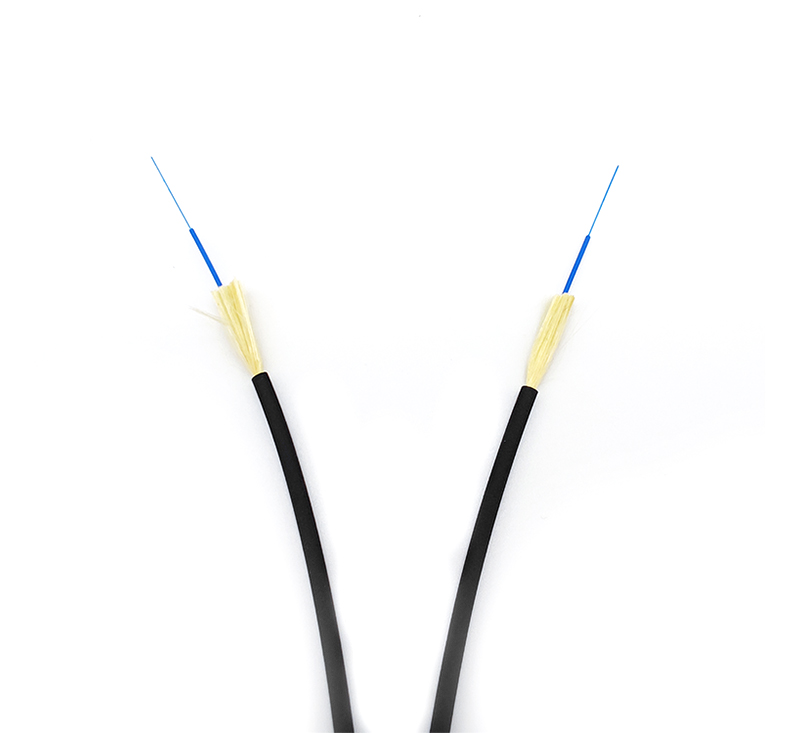What is the difference between a fiber optic transceiver and an optical transceiver?
The same thing: photoelectric conversion is required.
The difference: the transceiver only performs photoelectric conversion, does not change the code, and does not perform other processing on the data. The transceiver is for Ethernet, runs the 802.3 protocol, and is only used for point-to-point connections.
In addition to the work of photoelectric conversion, optical transceivers also need to multiplex and demultiplex data signals. Usually optical transceivers come out for E1 lines, SDH, PDH optical transceivers are mainly used for telecom operators to provide multi-point-to-point data circuits; video optical transceivers are mainly used for security monitoring, distance education, video conferencing, etc. Timely requirements for video transmission In the relatively high field, it can transmit control, switch, language, Ethernet and other signals to meet the needs of multi-service applications, so we sometimes call it an integrated optical transceiver.

Optical fiber transceivers are purely physical layer conversions, which are used to convert optical fiber signals into electrical signals of network cables; optical transceivers are used to split and merge SHD time slots, which are often used in telecommunications; protocol converters are used to apply the synchronization signal of the optical transceiver. A certain protocol is converted into a protocol that can be accepted by Ethernet or other routers or switches. The latter two are usually used in combination, and one optical transceiver can be connected to multiple protocol converters.
The purpose of the optical fiber transceiver is: the conversion of the transmission channel of the optical fiber line and the network line.
The purpose of the optical transceiver is to convert other signals into optical signals for transmission, mainly for audio and video signals.










